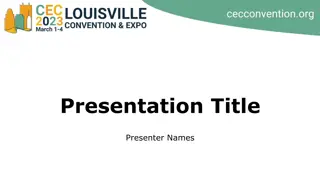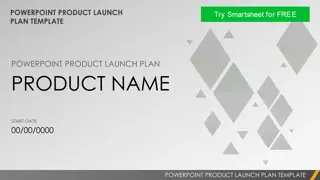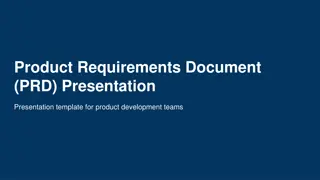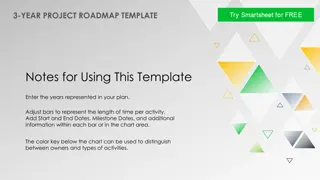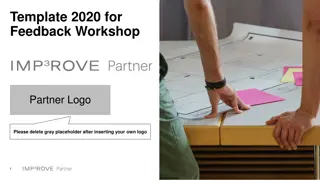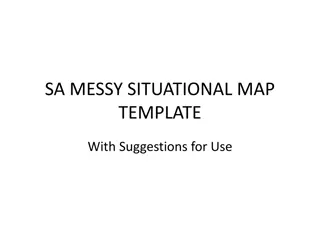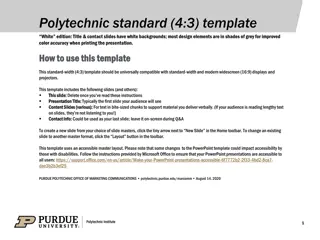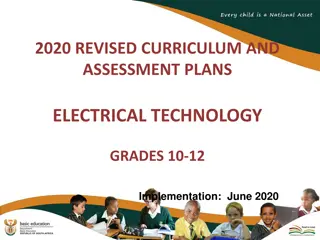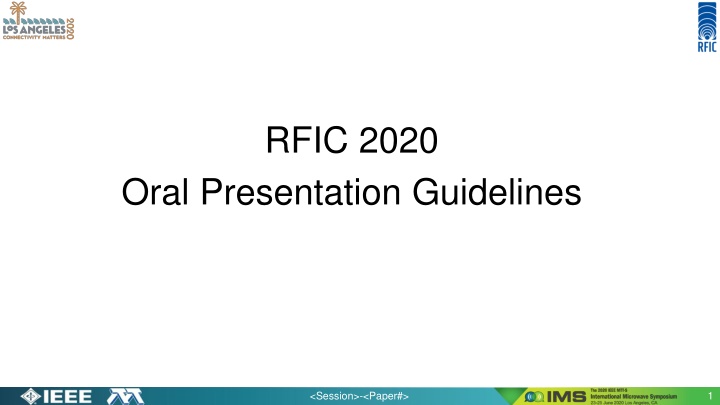
RFIC 2020 Oral Presentation Guidelines and Tips
"Get insights on preparing for RFIC 2020 Podium Presentations with this comprehensive guide. Learn about presentation flow, style guidelines, and more. Edit the provided template to create your presentation easily."
Download Presentation

Please find below an Image/Link to download the presentation.
The content on the website is provided AS IS for your information and personal use only. It may not be sold, licensed, or shared on other websites without obtaining consent from the author. If you encounter any issues during the download, it is possible that the publisher has removed the file from their server.
You are allowed to download the files provided on this website for personal or commercial use, subject to the condition that they are used lawfully. All files are the property of their respective owners.
The content on the website is provided AS IS for your information and personal use only. It may not be sold, licensed, or shared on other websites without obtaining consent from the author.
E N D
Presentation Transcript
RFIC 2020 Oral Presentation Guidelines <Session>-<Paper#> 1
Purpose of this Presentation This presentation provides the recommended guidelines for preparation of the RFIC 2020 Podium Presentations, and is an electronic template. The file you are reading has settings, colors, and fonts that make it easy to read. You may edit this file and replace our slides with your presentation s contents. 2 <Session>-<Paper#>
A 29-30GHz 64-element Active Phased Array for 5G Application K. Bao1, J. Zhou1,2, L. Wang1, A. Sun1, Q. Zhang1, and Y. Shen1,2 1Nanjing Electronic Devices Institute, Nanjing, China 2Science and Technology on Monolithic Integration Circuits and Modules Laboratory, Nanjing, China <Session>-<Paper#>
For Student Paper Finalists Student Paper Finalist Add badge in the upper right corner of title slide 4 <Session>-<Paper#>
For Industry Paper Finalists Industry Paper Finalist Add badge in the upper right corner of title slide 5 <Session>-<Paper#>
Edit the Slide Master! Affiliation logos are allowed only on the title slide Edit the slide master to list your session and paper designation For example: RMo1A - 2 6 <Session>-<Paper#>
Typical Presentation Flow Title slide Outline slide of your talk Introduction / Motivation / Problems or Challenges Details of the work State how your results compare to other reported work Conclusion slide Optional slide with contact information for author for further questions Backup slides if desired Remember to leave time for questions as part of your timeslot 7 <Session>-<Paper#>
Style Guidelines Use short phrases, not long sentences Use Arial 32 pt 1st sub-bullet 28 pt 2nd sub-bullet 24 pt Don t use font size smaller than Arial 24 pt This font is 20 pt. Fonts that are smaller than 20 pt cannot read by people in the back of the room. 8 <Session>-<Paper#>
Style Guidelines (Contd) Target time for one slide is 1 to 2 minutes Each slide should have a title Ideally limit to ~ 9 lines of text Ideally limit to ~ 7 words per line Slides sized for On Screen Show Slide orientation: Landscape (16:9) 9 <Session>-<Paper#>
Special Fonts or Symbols Careful with use of: Wingdings MS Line Draw Monotype Sorts Symbol fonts Asian language fonts Please embed TrueType fonts 10 <Session>-<Paper#>
Contrast Choose high contrast font colors Use dark lines/text on a light background Foreground: Black, Blue, Red Background: White Caution: yellow, grey, or cyan lettering and lines are unreadable when projected 11 <Session>-<Paper#>
Display Speed Slides should display without delay (limit use of animation) Do not distract the audience with any transition effects Avoid the use of slow graphics, fonts, and special effects Do not use sound effects 12 <Session>-<Paper#>
Diagrams Keep diagrams Simple Easy to view Make all texts readable by using large fonts Use all the available space Do not use borders Please ensure that you include a die micrograph of photograph of the hardware you are presenting. 13 <Session>-<Paper#>
Graphs Use graphs and avoid tables if possible Keep graphs simple Eliminate or subdue distracting grid lines Ensure that all axes are labeled and use sufficiently large font sizes for those labels Ensure line thickness are large (4 pt). If multiple results are plotted onto a single graph, ensure that the lines can be distinguished from one another and that there are clear labels and a legend 14 <Session>-<Paper#>
Summary Keep your slides simple Use large fonts for high visibility Use high contrast colors Present the highlights, not the details 15 <Session>-<Paper#>
Contact Information for Further Questions THIS SLIDE IS OPTIONAL Optionally add a slide with the email information for the speaker for attendees to contact with additional questions. You may add this slide if you feel comfortable receiving emails with questions. Example: Please contact the speaker with any follow-up questions using the email address below: test@ieee.org 16 <Session>-<Paper#>




